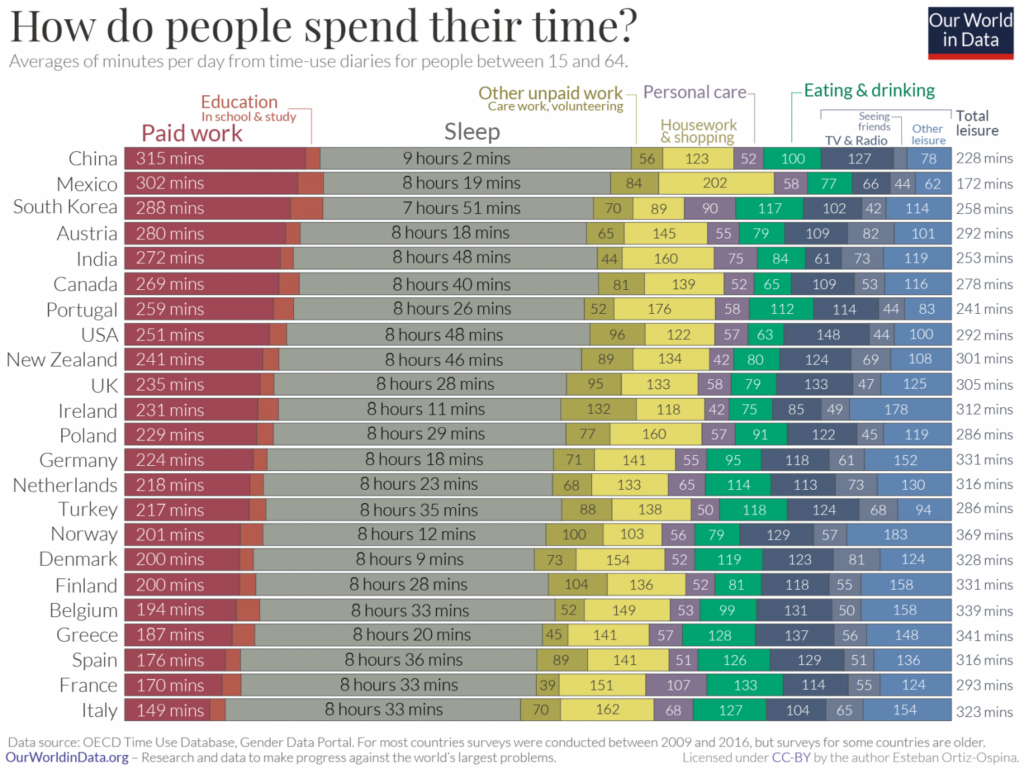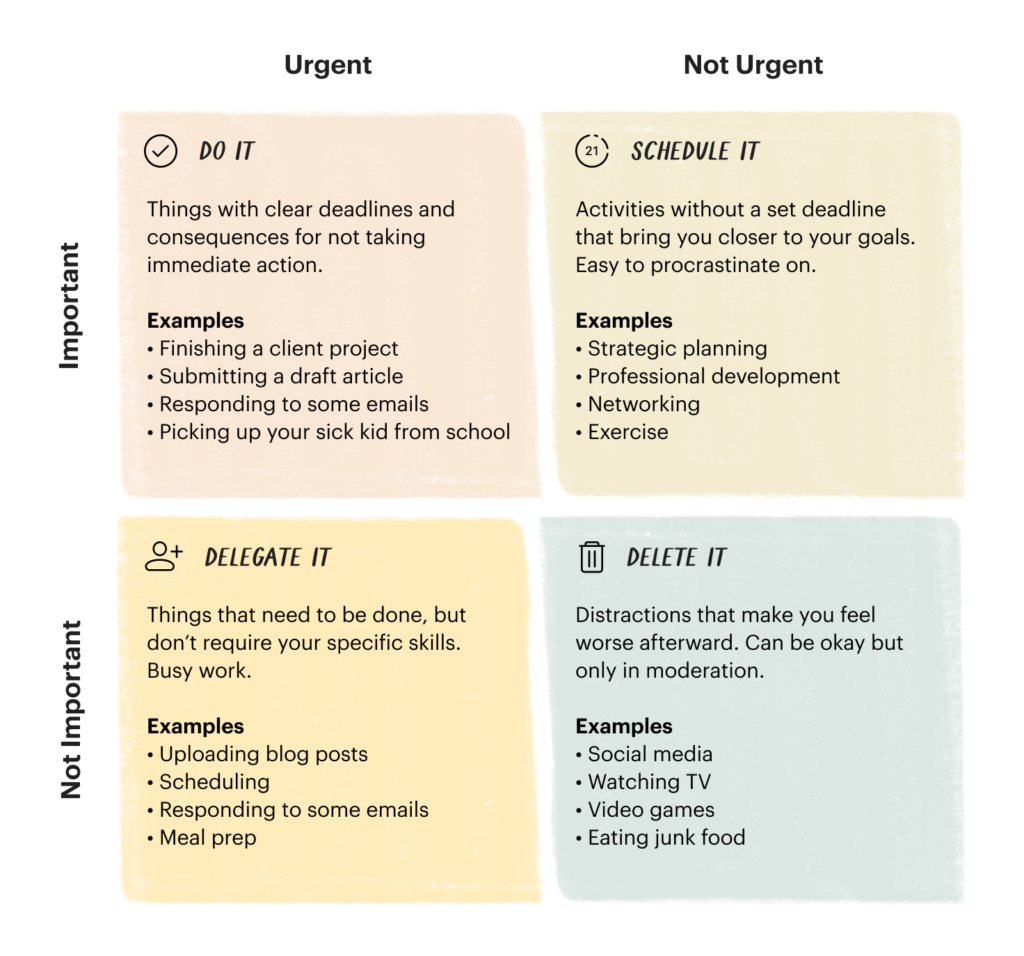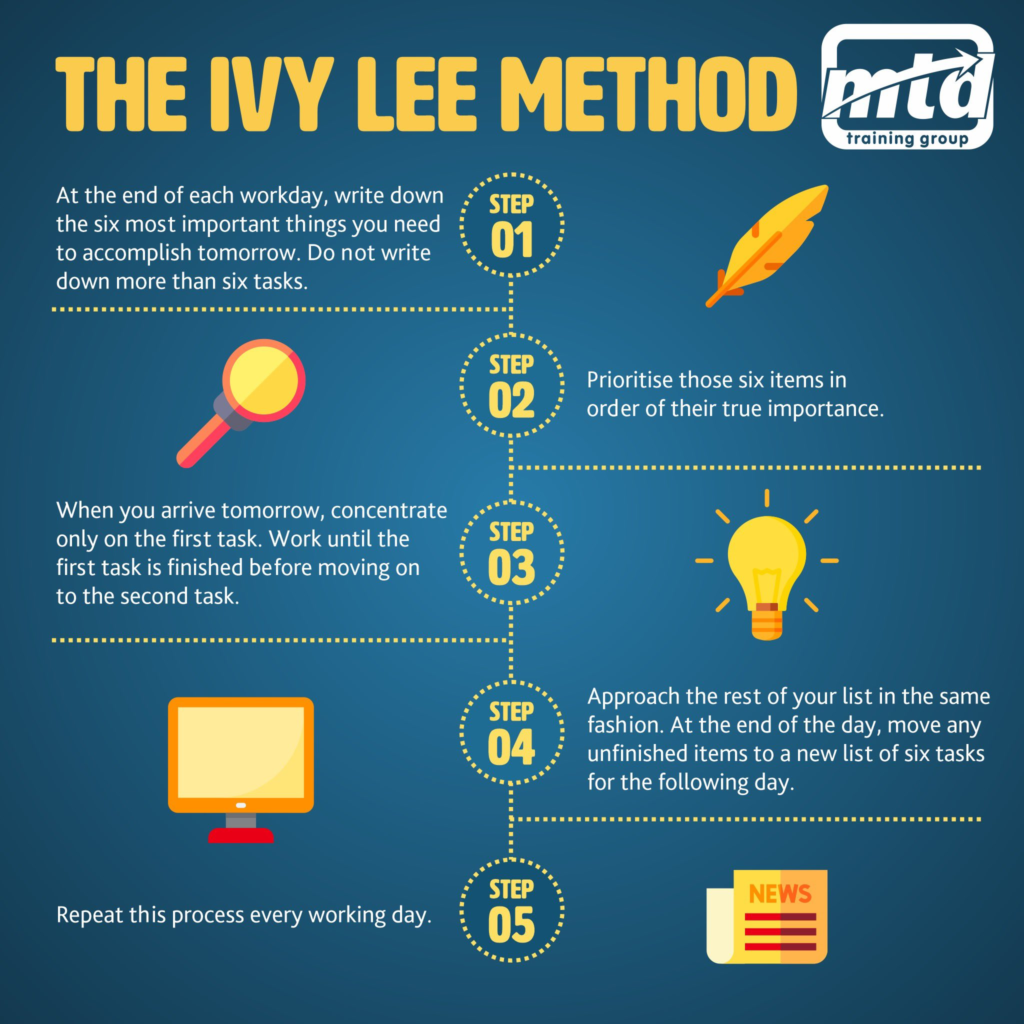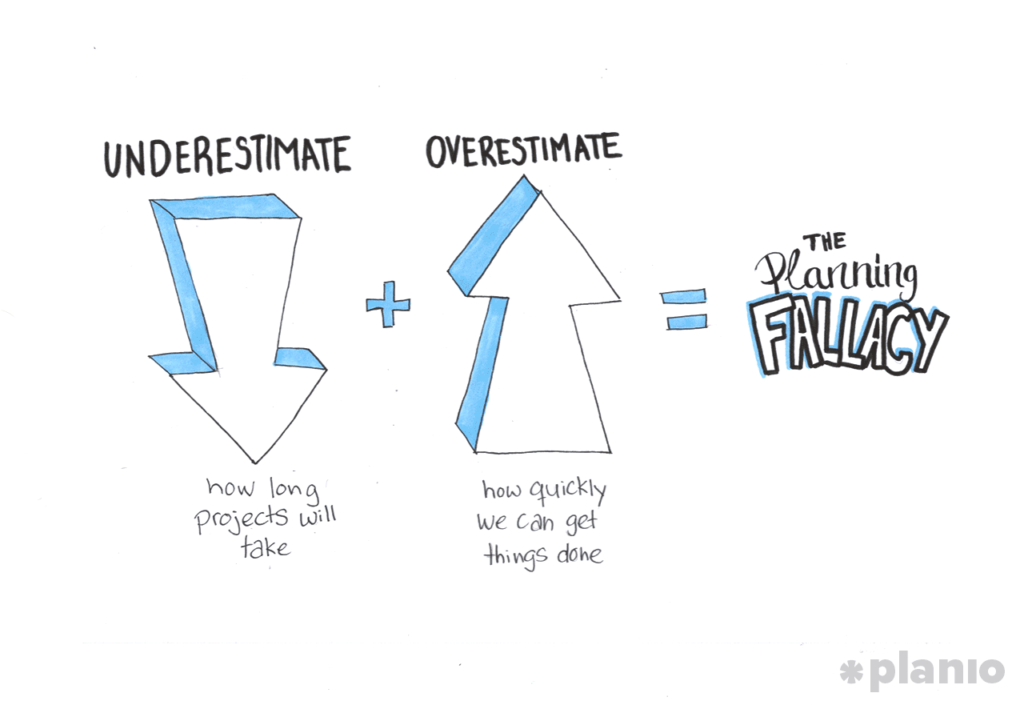
A lot of people always say ‘there’s not enough time in a day.’
And yet, despite all having the same 24 hours in a single day, there are people out there who are innovating, creating, and building new things all the time, despite ‘not having enough time in a day.’
What is it that they have that you perhaps may not?
A true grasp of time-management.
How we’re spending our time
According to one survey, the average adult apparently wastes about 26 days worth of time per year. To break it down further, in the poll of 2,000 people, the average person spent about two hours every day doing nothing. In a given week, that is 12-14 hours per week wasted.
From the same survey, the found that the average adult finds nothing to really do about three times a day, with 47% of the respondents admitting that they spend that time unproductively due to lack of energy or motivation. Many others admit that they simply don’t know what to do with that time or just spend it mindlessly scrolling through their smartphone and/or watching TV.
Based on data from OurWorldinData.org, the biggest chunks of time are spent working, sleeping, doing housework/shopping, or leisurely activities. So by understanding how a majority of us are spending are time, the question remains: how much of those hours can we change to be more productive?

The mistakes in managing time
Without knowing how we spend our time, we can’t make the right changes in our day-to-day routines to make the most use of our time.
But beyond that, we also need to consider other areas of how we may be incorrectly managing our time — as the misconception of time-management is that it’s just about doing more with our time, instead of thinking of how things are done.
Manage your energy
When we get excited about changing our lives and trying to do more with our time, it can be very easy to fall into the trap of managing too much at a given time. You squeeze in every little thing you want to get done, creating a packed calendar schedule.
While this may last for a few days, after some time, you feel the burnout creeping in and soon enough, you let your mind loose, ending up in square one where you’re wasting time scrolling through the phone as a means to distract yourself from actually doing.
Working 24 hours in a day does not equate to doing 24 times the work.
This is why managing your energy is just as important as managing your time. In the end, if we aren’t getting enough breaks in between, rest to recover, and space to breathe, all of this time spent being busy won’t add up to real productivity.
Plan and prioritize better
We live in a world there are a hundred notifications, messages, and tasks to open, read, and do. So, learning the art of prioritization is key to ensuring we get things done, on time but also, in the right order.
Prioritization is definitely a huge block to productivity.
When there are so many things to do, how do you know what and where to start? This overwhelming feeling is what can kill motivation and momentum.
Which is why adopting prioritization methods to help plan your workload or daily schedule can help tremendously. The Eisenhower Decision Matrix is one example of a prioritization technique that helps you decide on what things to do, schedule, delegate, and not do.

There are also things like the Ivy Lee Method, which gets you to write down six important things needed to complete the day before, categorize them in order of importance, and focus on them chronologically the next day.

Learn to estimate your time
Humans are naturally bad at estimating time.
Known as the planning fallacy, coined by psychologists Daniel Kahneman and Amos Tversky, this refers to the idea that we underestimate the amount of time it will take to complete a task and overestimate our ability to get things done quickly.

For this reason, we need to learn to first estimate time better when we are doing something. This can help us ensure that we are completing what we need to at a given time, and staying on track of schedule.
One method to keep in mind for better time estimation is the three-point estimation technique — a framework used by project managers in software companies to properly manage time, efforts and cost accordingly. The technique involves calculating the best-case, worse-case and most-likely case scenarios of how long it might take to complete a task (all the while remaining realistic for each).
By mapping these estimates out, you can plan out your schedule in a more granular way. And overtime, this helps to provide some context into the accuracy of your estimates, thus giving you data points to learn and improve upon.
And the best way to ensure we’re getting the right completion time is to use time-tracking tools.
Master your minutes
By breaking down your day to the hour, or even by the minutes, you can begin to see patterns and areas of improvement.
We all have 1440 minutes in a day.
By understanding how each hour is spent, you can optimize your routines to make the most of the time you have. But, simply stuffing in as many things into your schedule is not ‘time-management.’ Instead, learn to get better at estimating how long you take to complete specific tasks, and prioritize the tasks on your to-do list for more effective distribution of energy.
There are plenty of time management strategies that exist, from the Pomodoro technique to the Ivy Lee Method, whether you’re learning to prioritize or plan better — time management, ironically takes time. It isn’t something that just happens.
Just like any other skill, it is something you must learn and improve upon. And only once you do so, every day, can you hope to take back what little time we have to make the most of your minutes.









